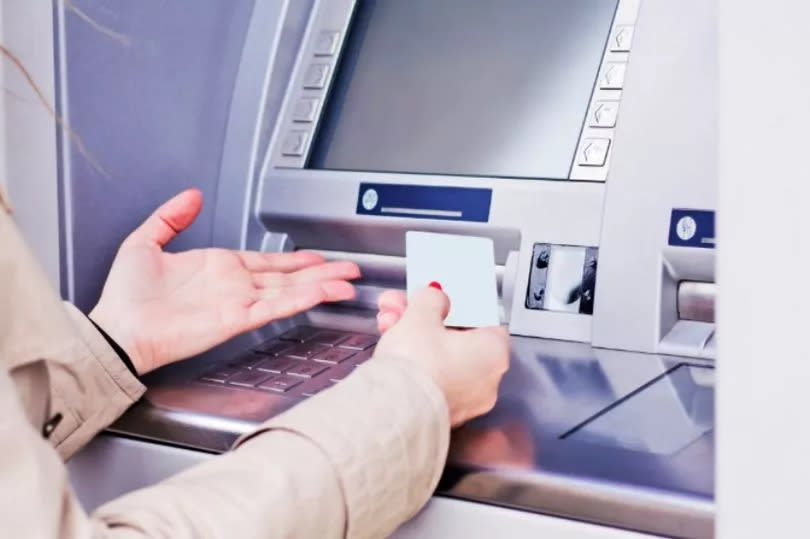New ATM rules for Barclays, Halifax, Lloyds and NatWest customers at cashpoints

New ATM regulations are set to be rolled out nationwide, affecting all bank account holders. A new "super-ATM" initiative is being tested in response to numerous bank branch closures across the UK.
The pilot scheme has already seen its first machine installed in Atherstone, Warwickshire. Cash Access UK, the organisation behind this initiative, plans to expand the trial with more ATMs. These machines will provide essential cash services including withdrawals and balance checks.
Additionally, they will allow free cash deposits for customers of Bank of Scotland, Barclays, Halifax, Lloyds, NatWest, Royal Bank of Scotland, and Ulster Bank. Gareth Oakley, chief executive of Cash Access UK, emphasized the importance of these ATMs, stating: "Access to deposit-taking ATMs is vital for cash-reliant UK consumers struggling to access basic banking services and it's just as important that businesses who accept cash can bank it too."
Martin McTague, the national chairman of the Federation of Small Businesses (FSB), highlighted the impact of dwindling bank branches, noting: "The decline of the bank branch network has left many without vital services, in particular the ability for small business owners to deposit takings for the day safely without shutting the small business early or travelling for miles."
"The ability to deposit in a super-ATM that works for multiple banks is an important innovation and could make a real difference alongside the accelerated rollout of banking hubs and maintenance of Post Office counters.", reports Birmingham Live.
This comment was made amidst a national trend of bank branch closures. The numbers reveal that banks and building societies have shuttered 6,005 branches since January 2015, which equates to a monthly closure rate of around 53. It's worth noting this represents over 60% of the branches that were operational at the beginning of 2015.
These statistics include figures from 20 major current account providers, amongst other data discussed in this article.

 Yahoo News
Yahoo News 
